Description
Most people know Greville Street, Prahran for the groovy music venues, clothes shops and eateries that thronged the street for the last 30 years of the twentieth century. But the street’s conversion from quiet shopping centre, residential and manufacturing locality began in the 1920s when Leggett’s dance hall opened and hosted events for thousands of people until the 1960s. At the end of that decade the Monash University Labor Club moved its urban headquarters in to the street, along with the first of the ‘groovy’ shops, Alice’s Restaurant Bookshop, run by Jill Jolliffe. When the Labor Club moved out, the Feedwell Foundry moved in – it was one of Melbourne’s first whole food stores. Unique clothes, food, book, record and second hand shops moved in taking advantage of the cheap rents and the added benefit of being able to live above the shop.
In the 1970s the Station Hotel was the venue for Captain Matchbox Whoopie Band whose members lived in the street as did Chrissie Amphlett. ACDC, Cold Chisel, the Dingoes, Richard Clapton and many other bands played at the Station Hotel. By the time the Continental opened in 1992, photographer Rennie Ellis had been ‘capturing’ the street for 15 years and would continue to do so until his death. His studio was on the same corner where Marcus Clarke had lived in the 1870s after one of his many bankruptcies.
This book begins in the 1830s with a natural and geographic history of the area before European settlement. The 1837 reserve for a ‘Mission for Aborigines’ was located on land that included the future Greville Street.
The speed of development after the 1840 land subdivisions and sales was breathtaking. The building of the railway, town hall, courthouse and police station in the street during the
1860s, as well a one of Melbourne’s earliest foundries, inevitably made tiny Greville Street an important location. In the 1880s the location of the railway station and civic buildings led to the construction of many terrace shop buildings.
In the late nineteenth and first half of the twentieth century, Greville was a typical inner city street going from boom to bust with its share of problems arising from bad infrastructure and poverty. The 1950s brought migrants, especially from Greece. From the 1960s to the end of the millennium the street became one of Melbourne’s key counterculture locations for music, clothes, food and lifestyle.
Changing social and economic factors have affected the street in the 21st century, but the vibrancy remains.
Published by the Prahran Mechanics Institute Press, August 2019

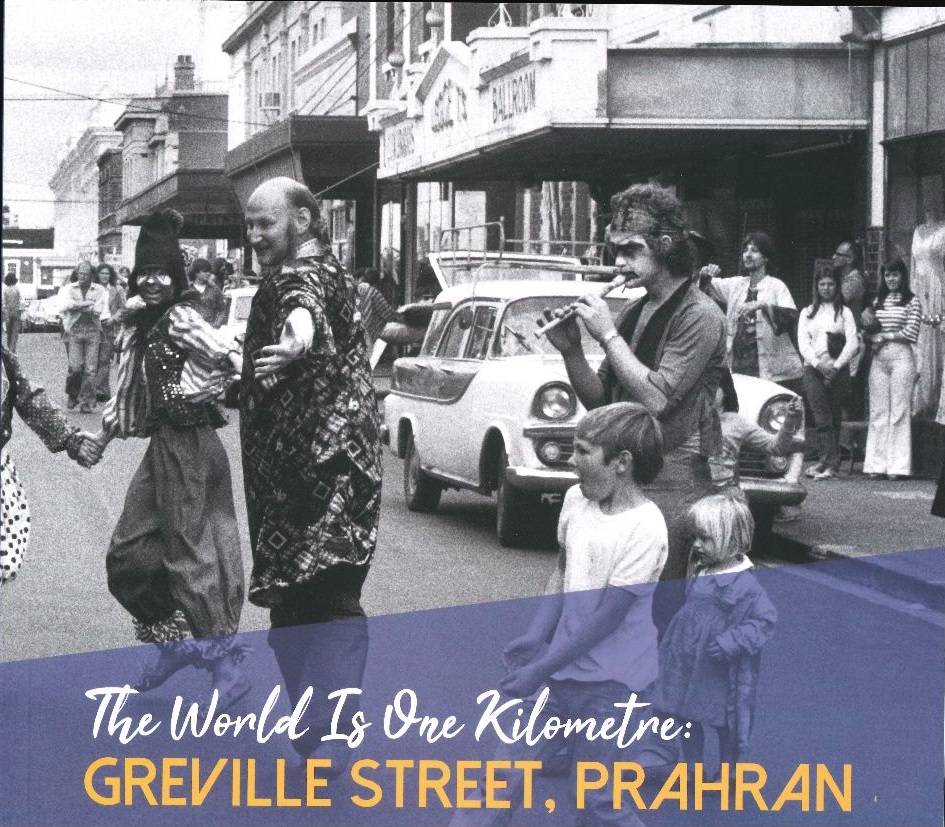


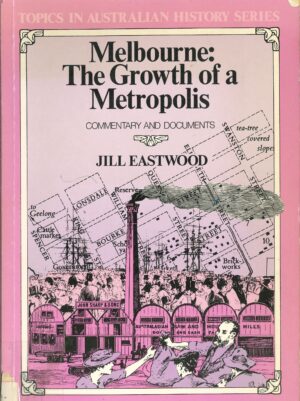

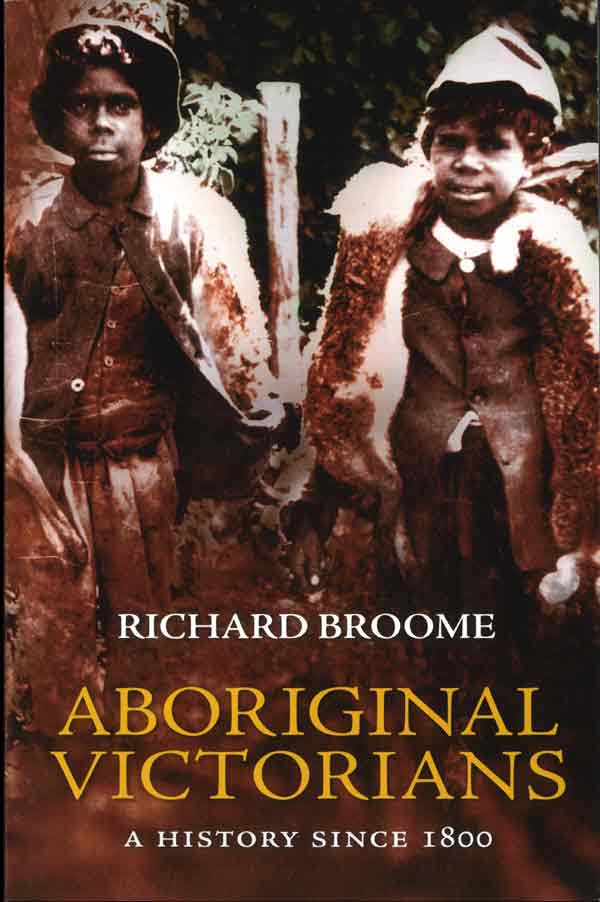

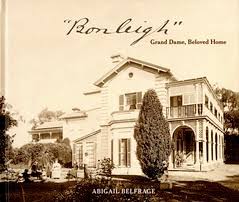
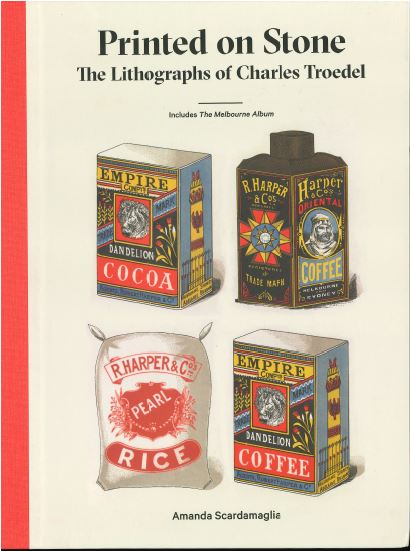
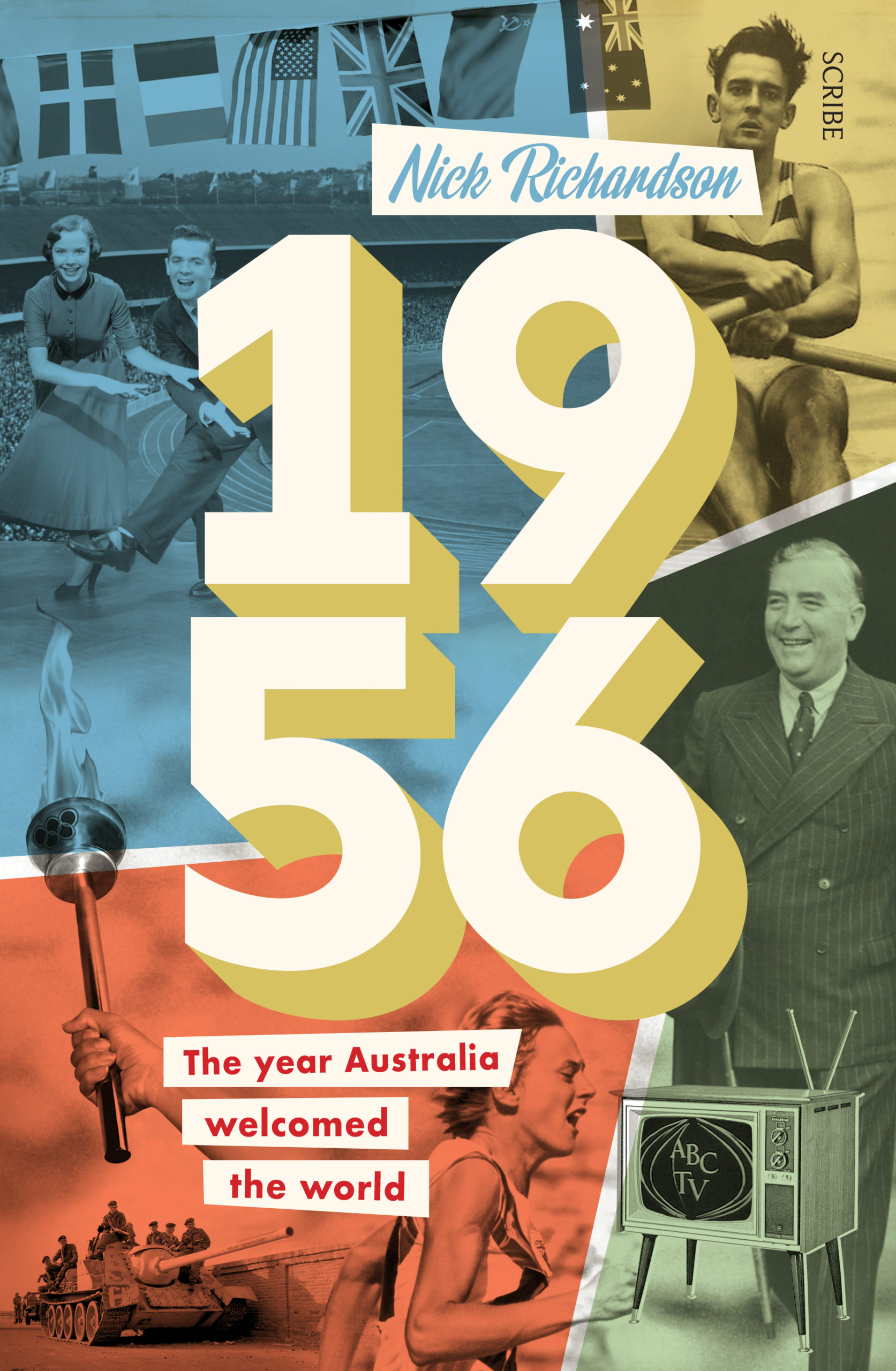

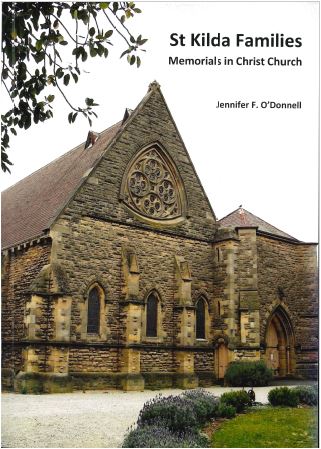

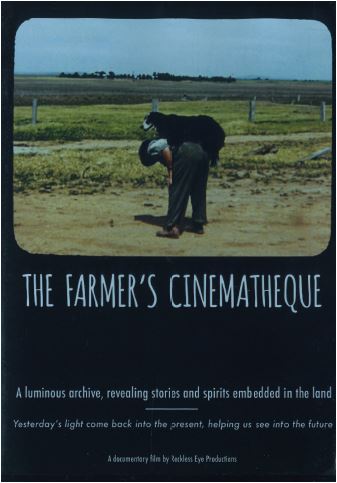
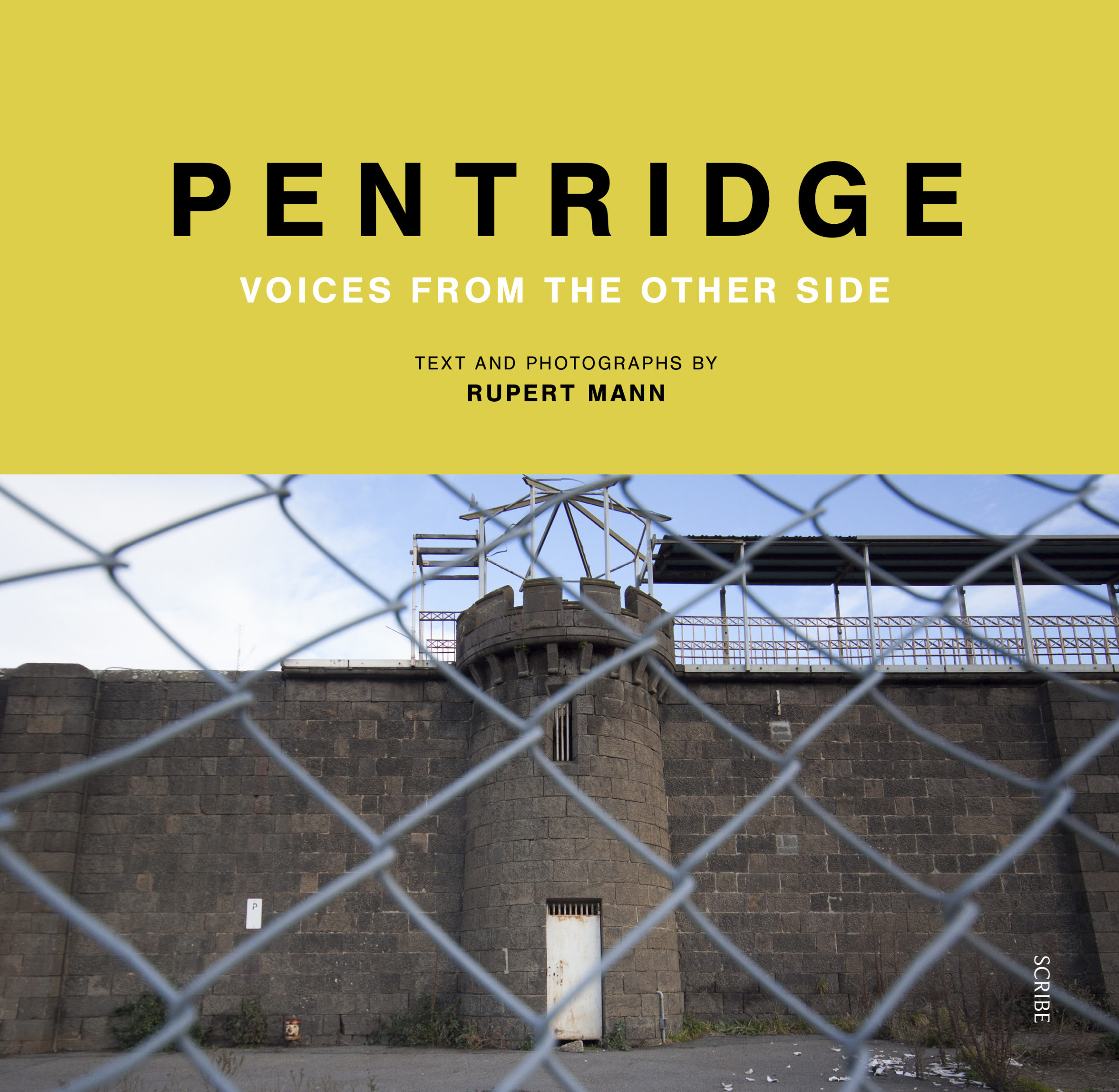
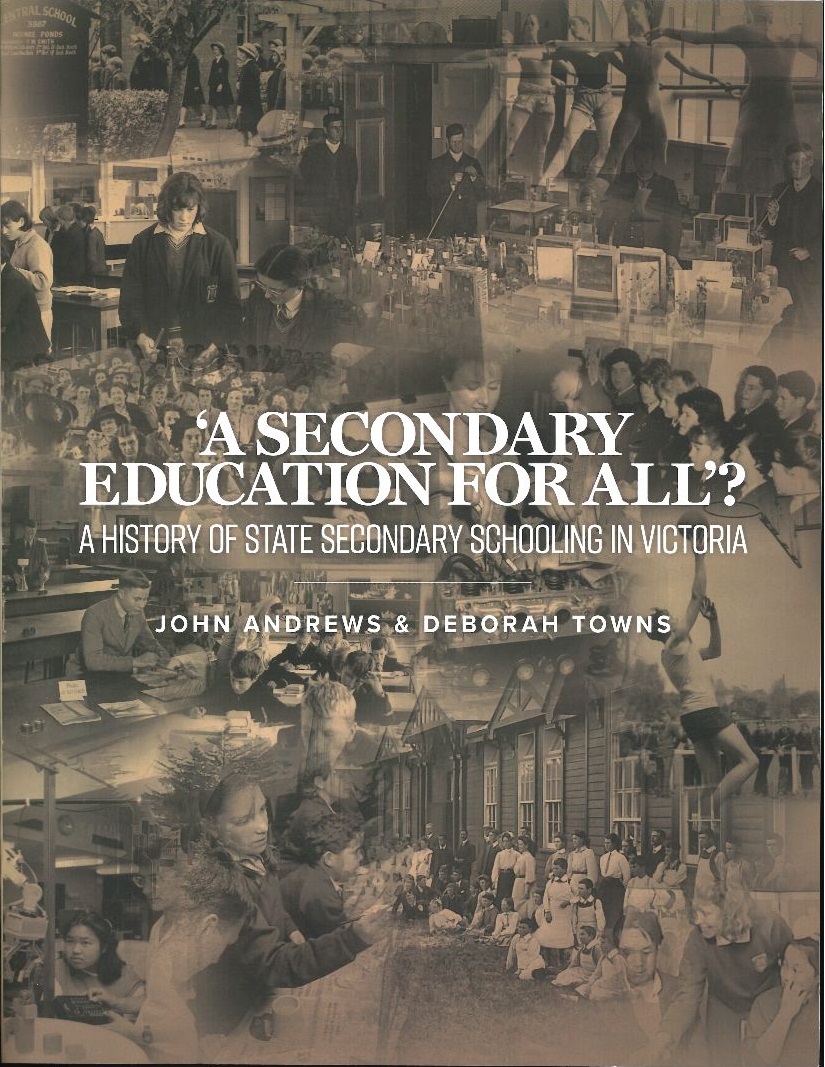
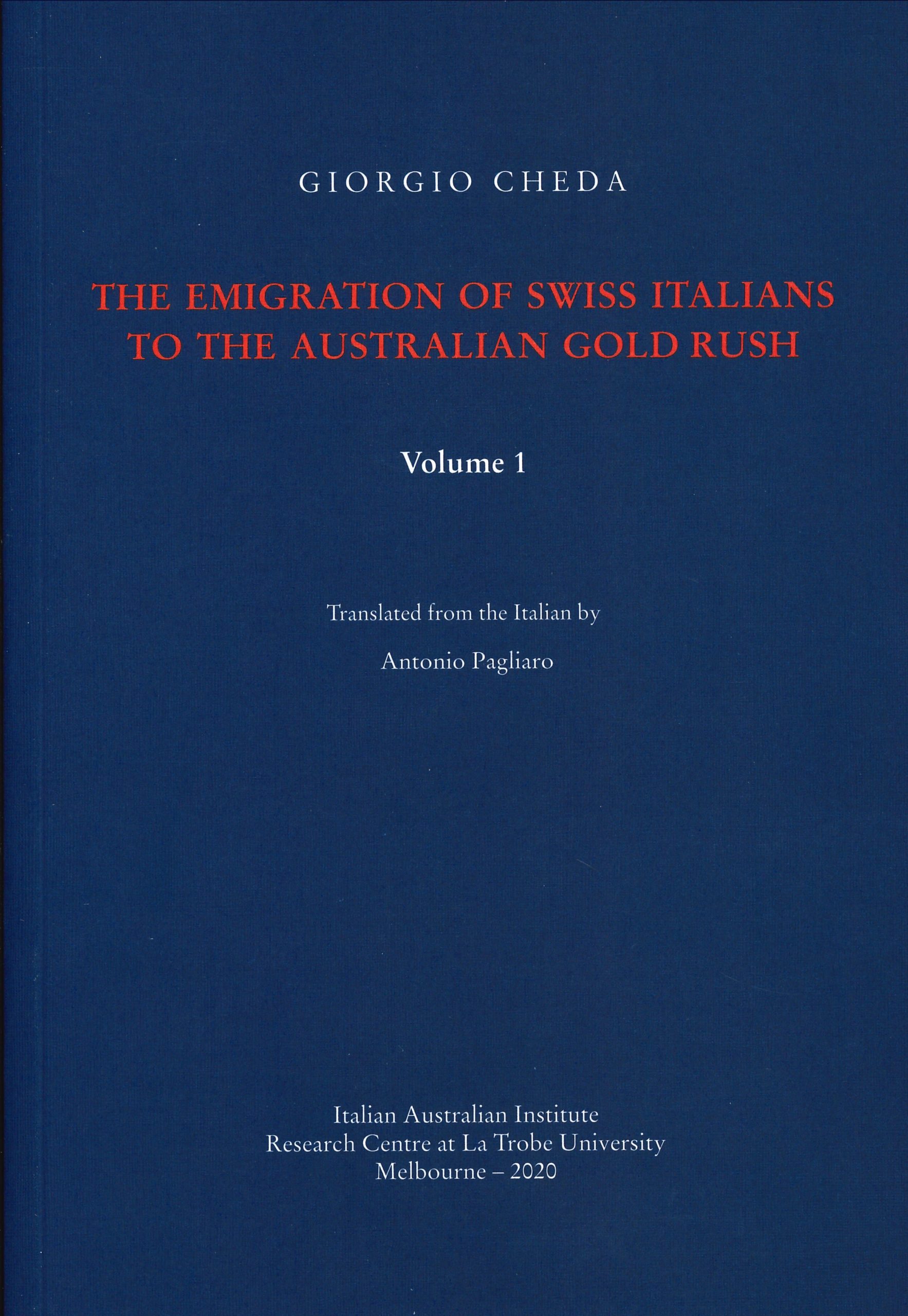
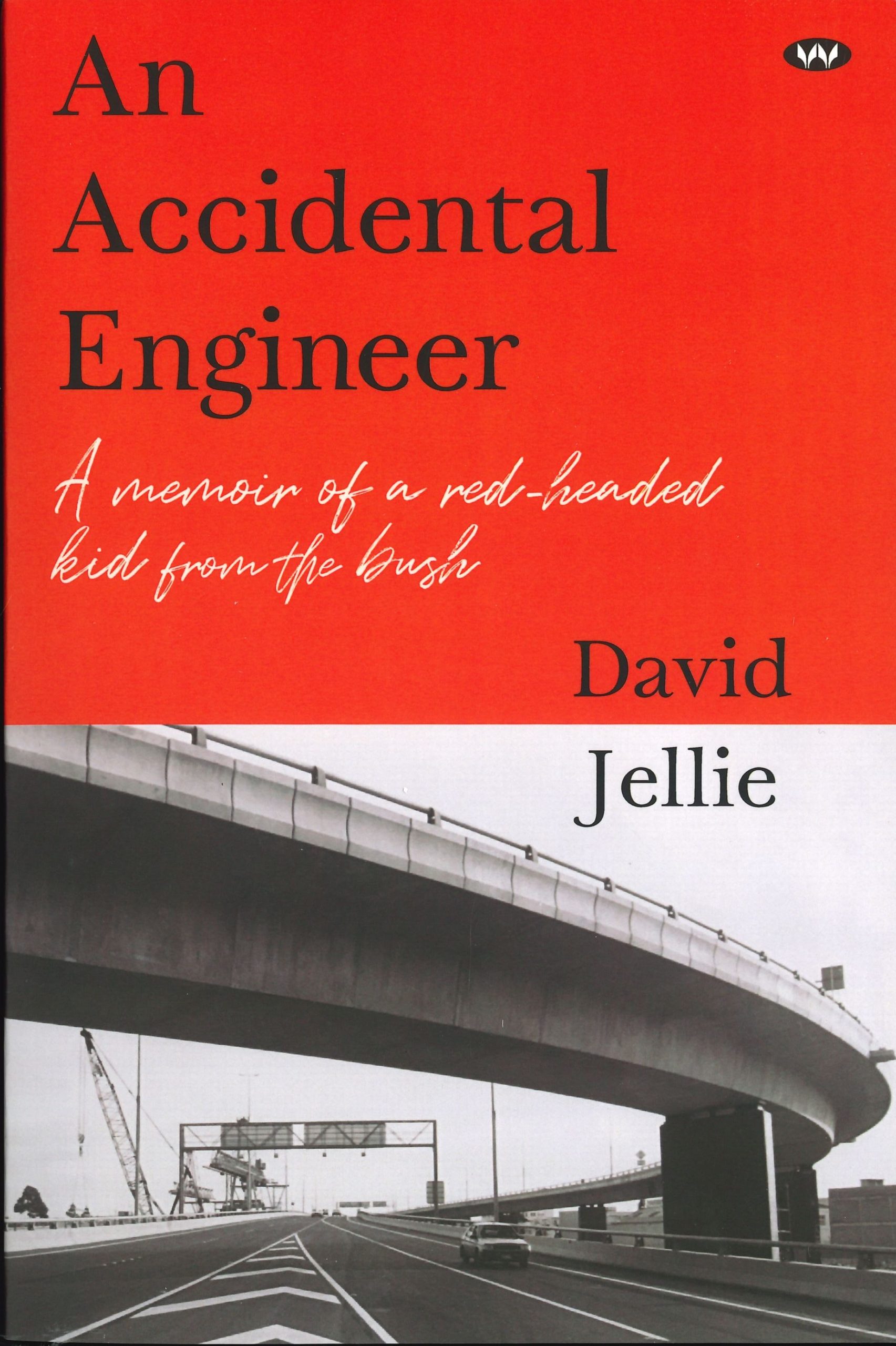
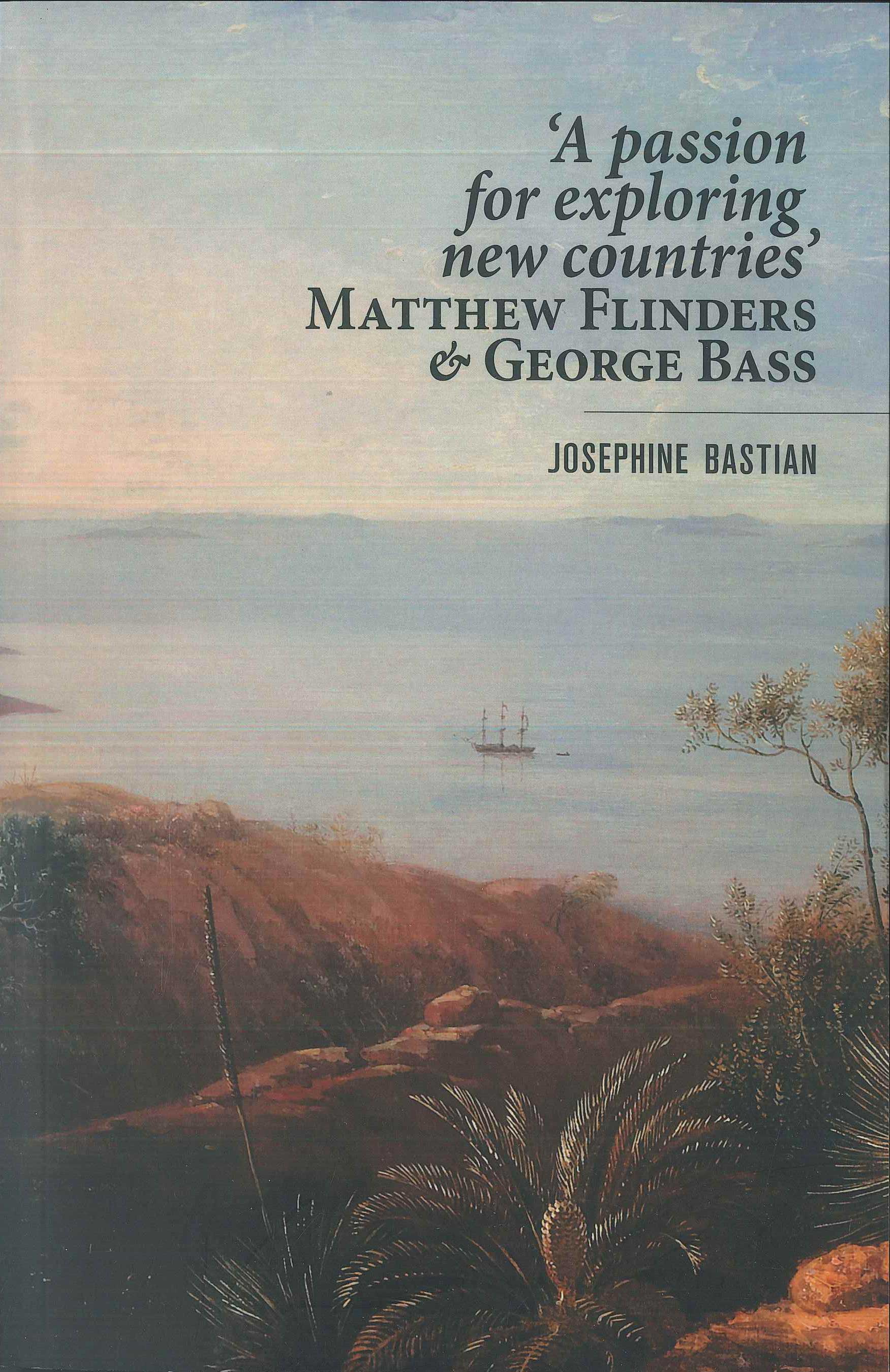
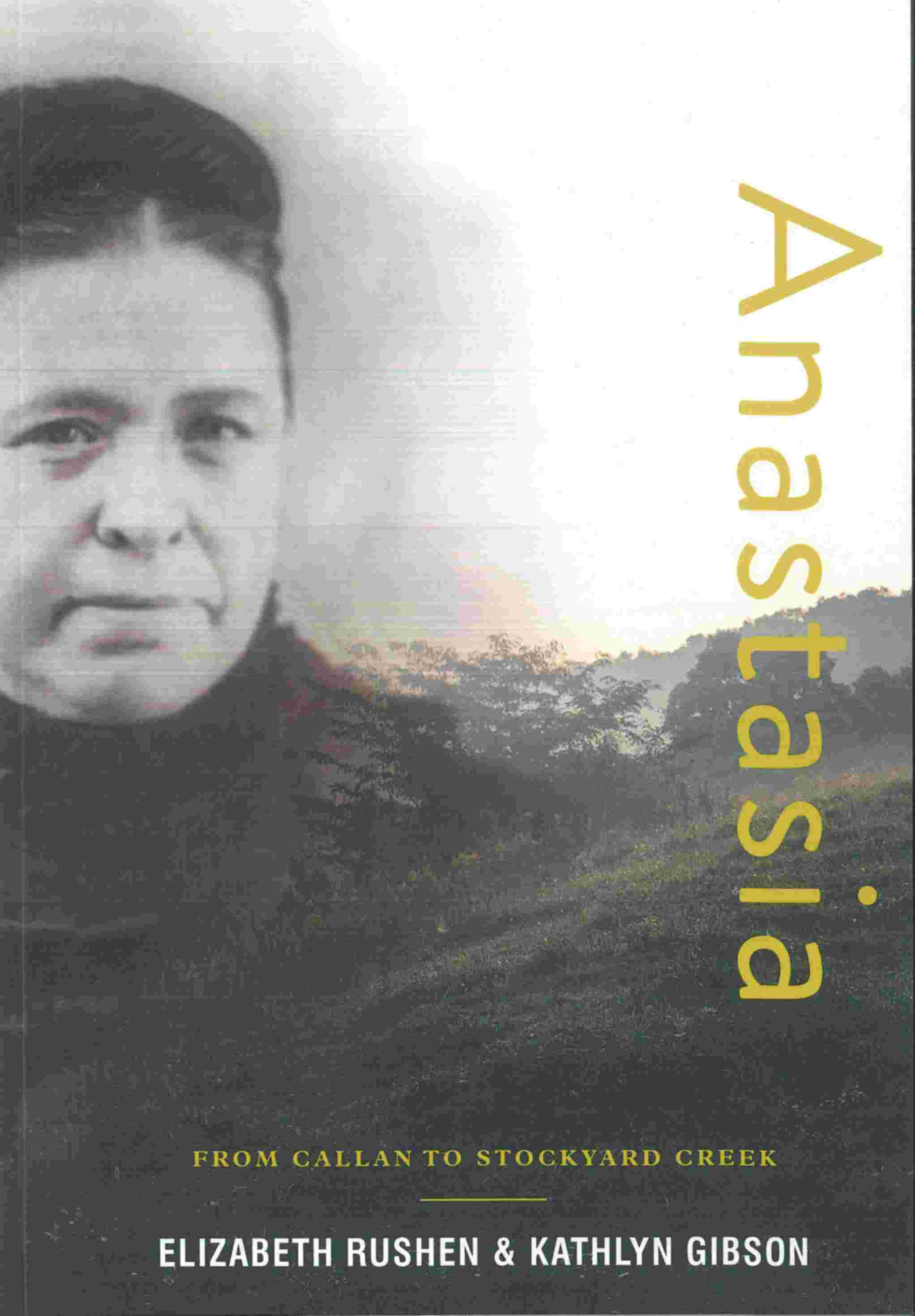
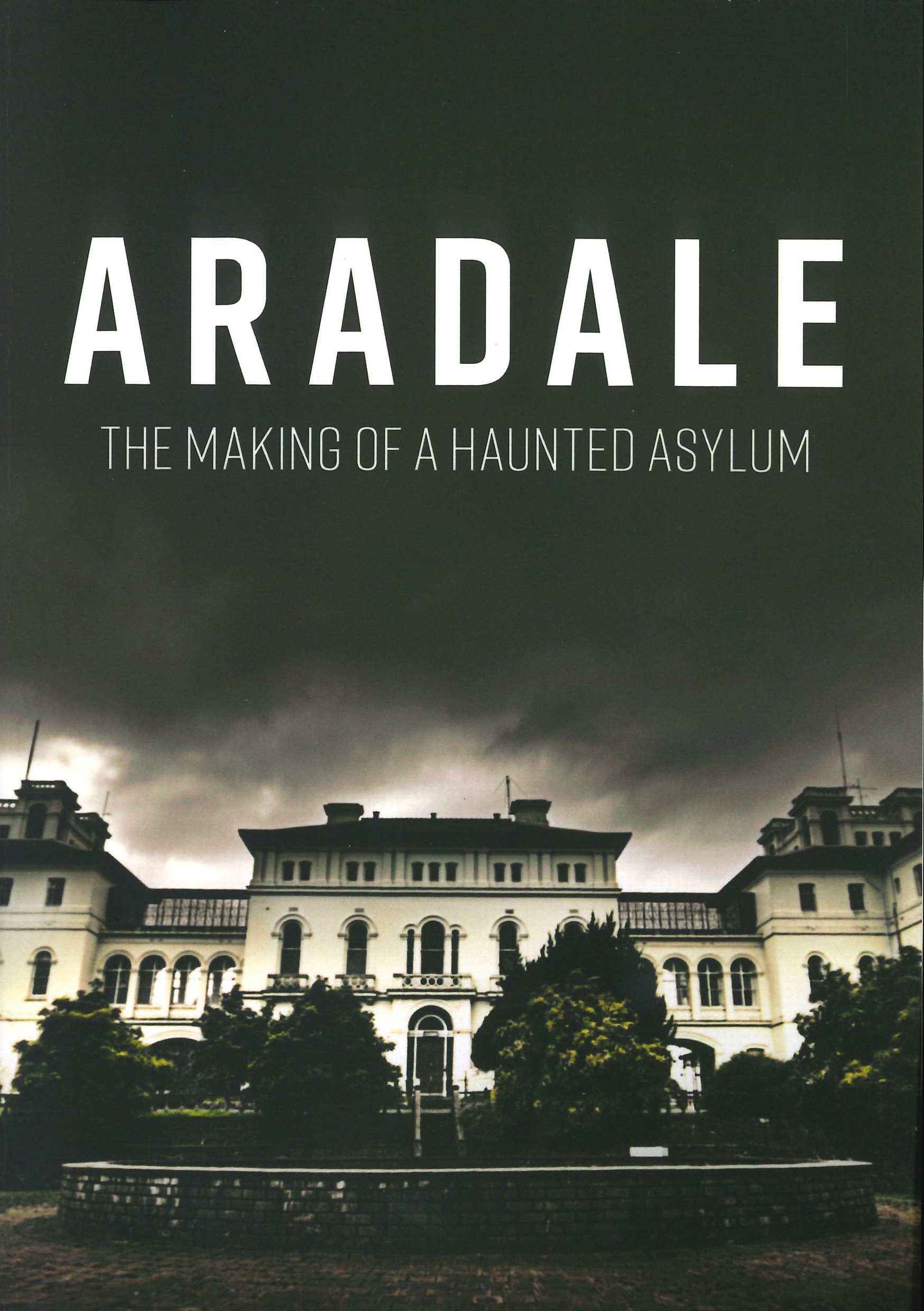
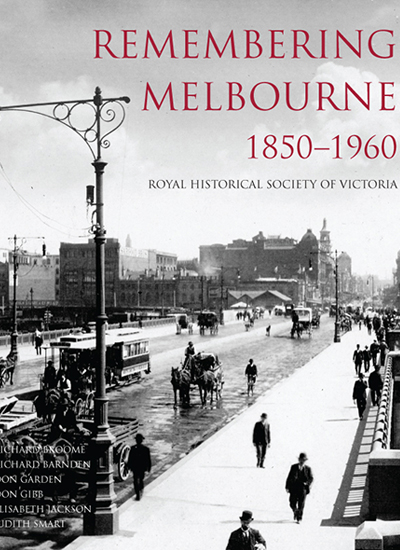
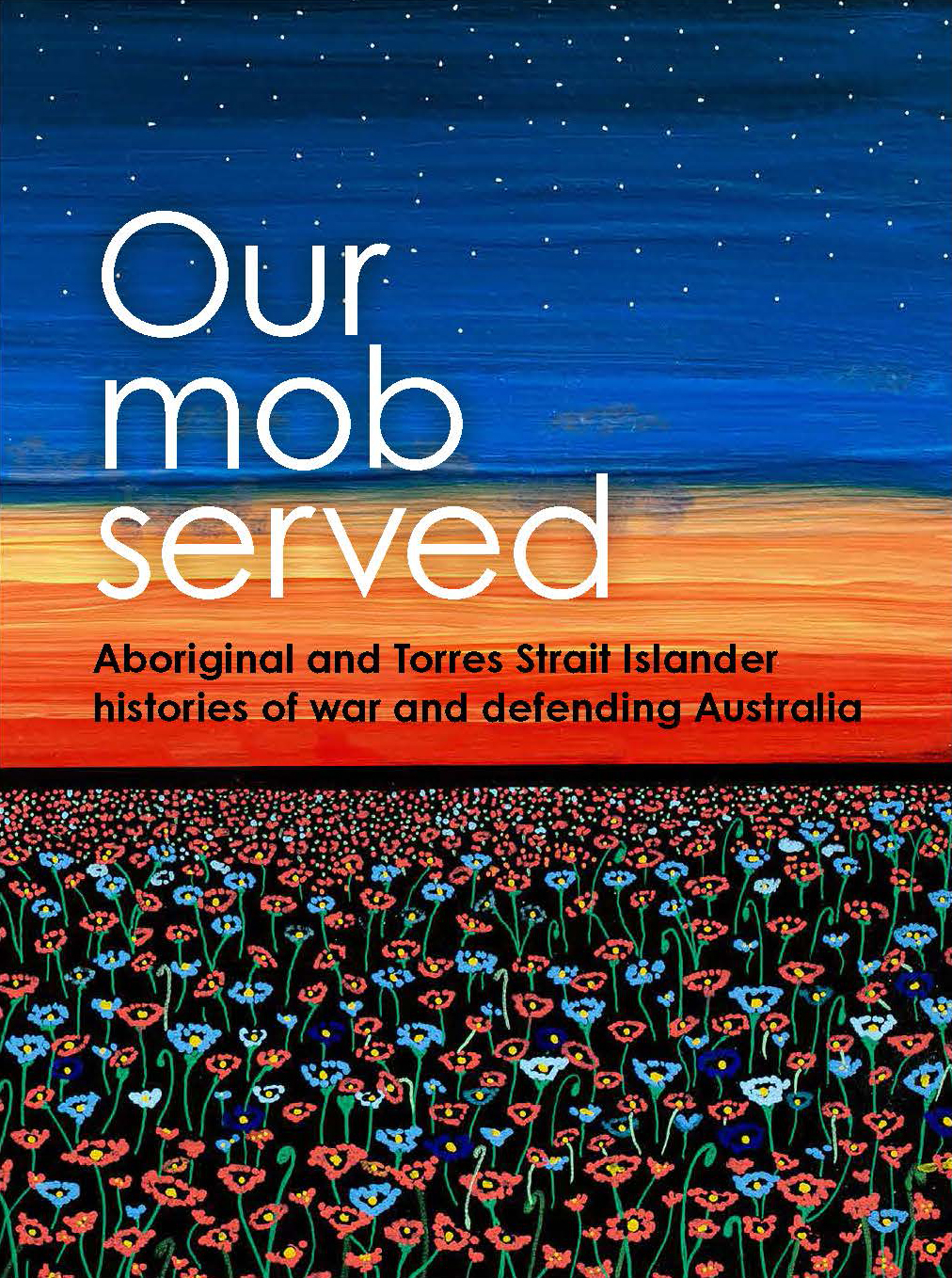
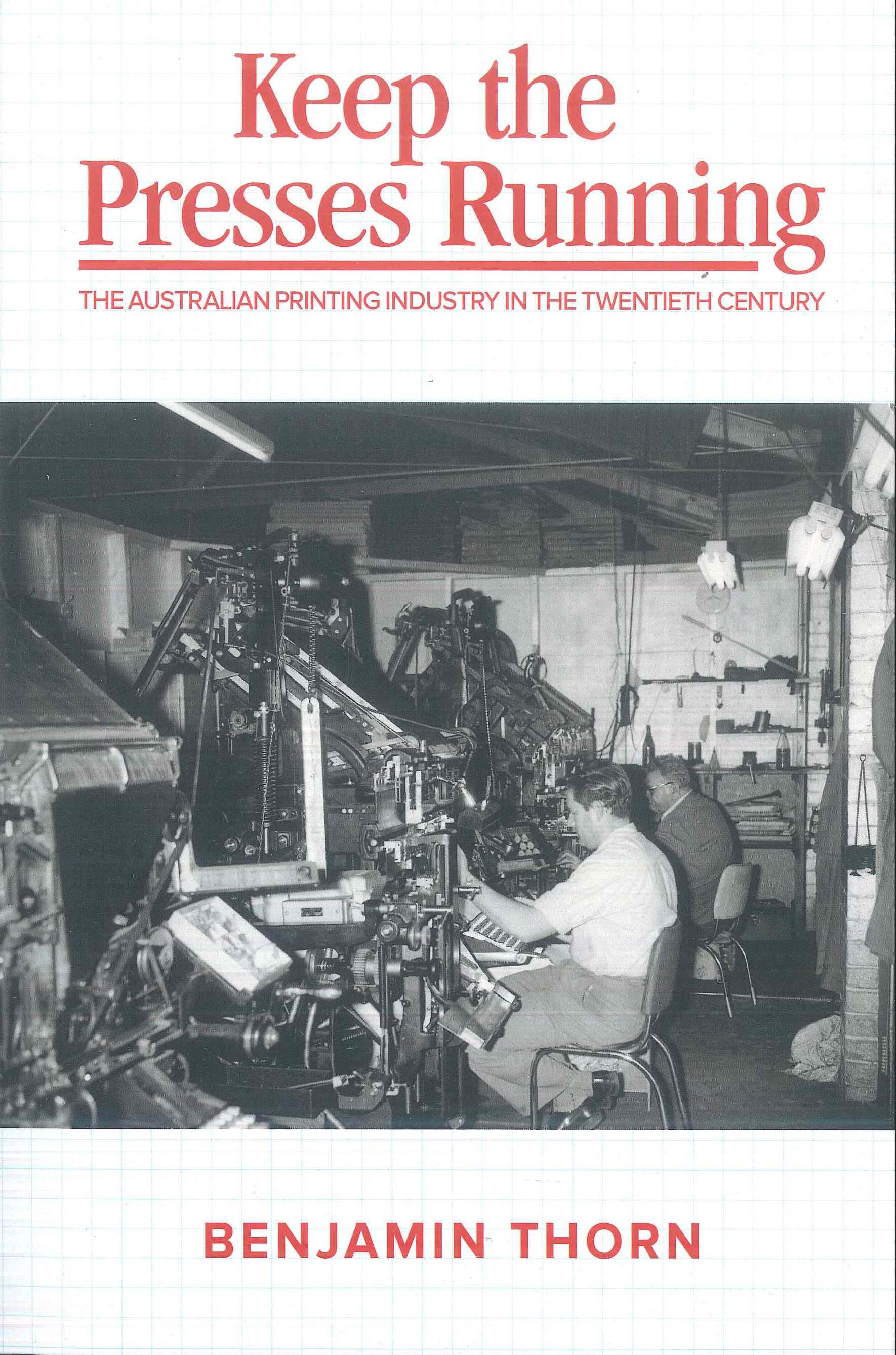
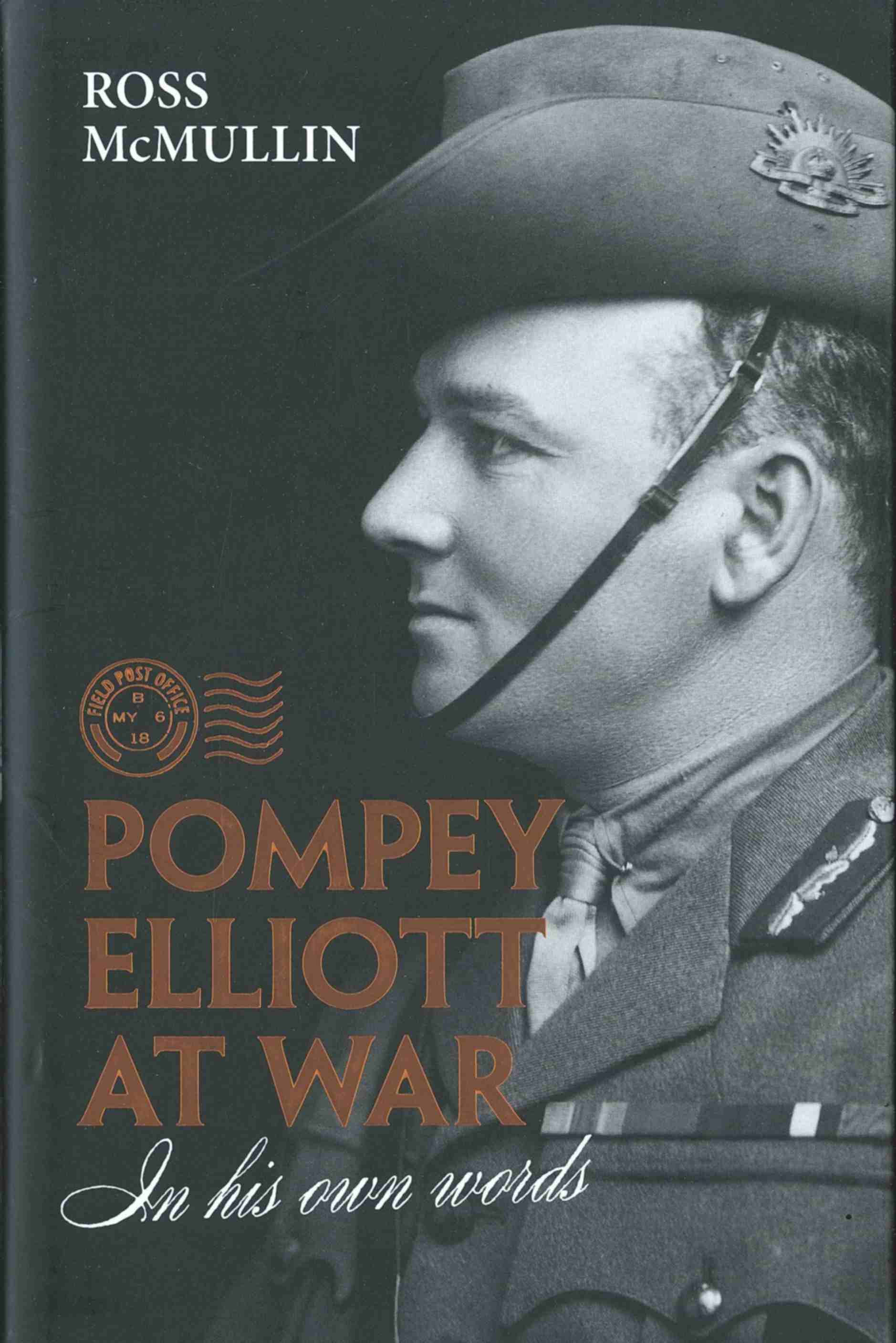
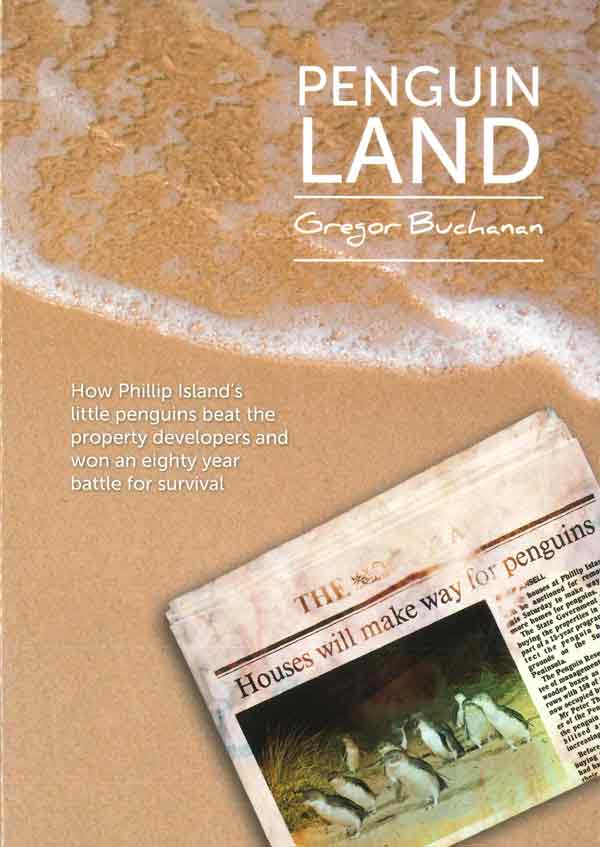
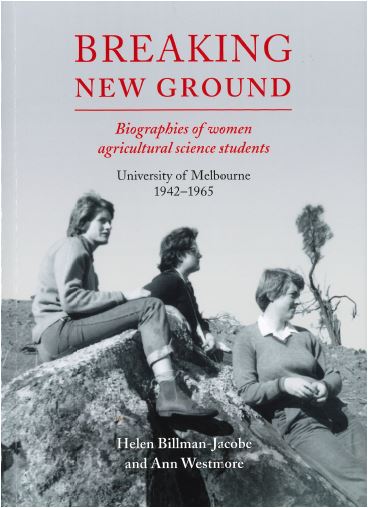
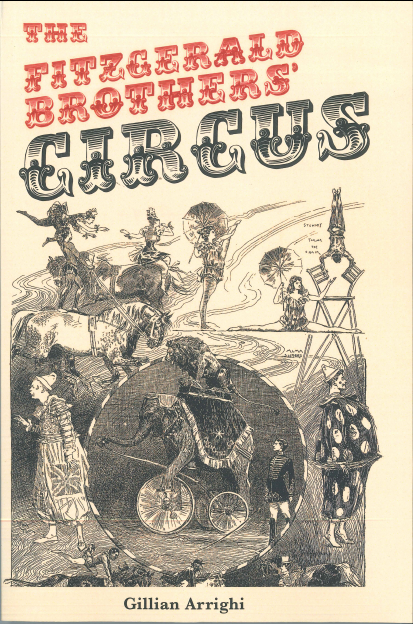
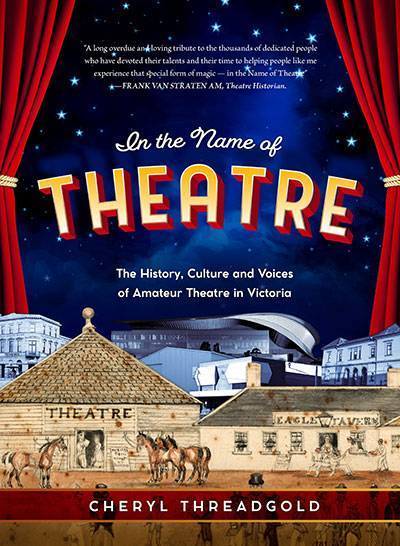

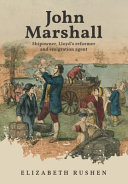
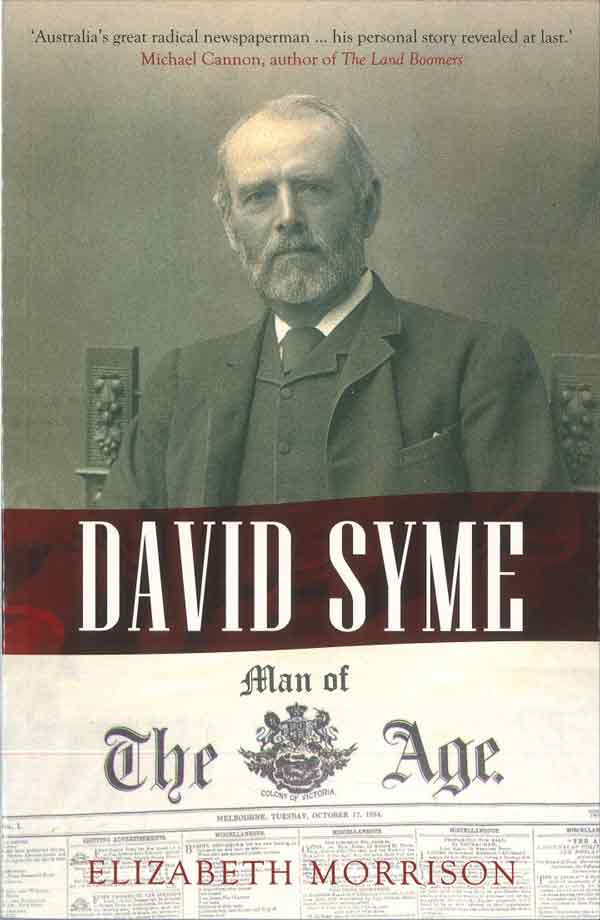

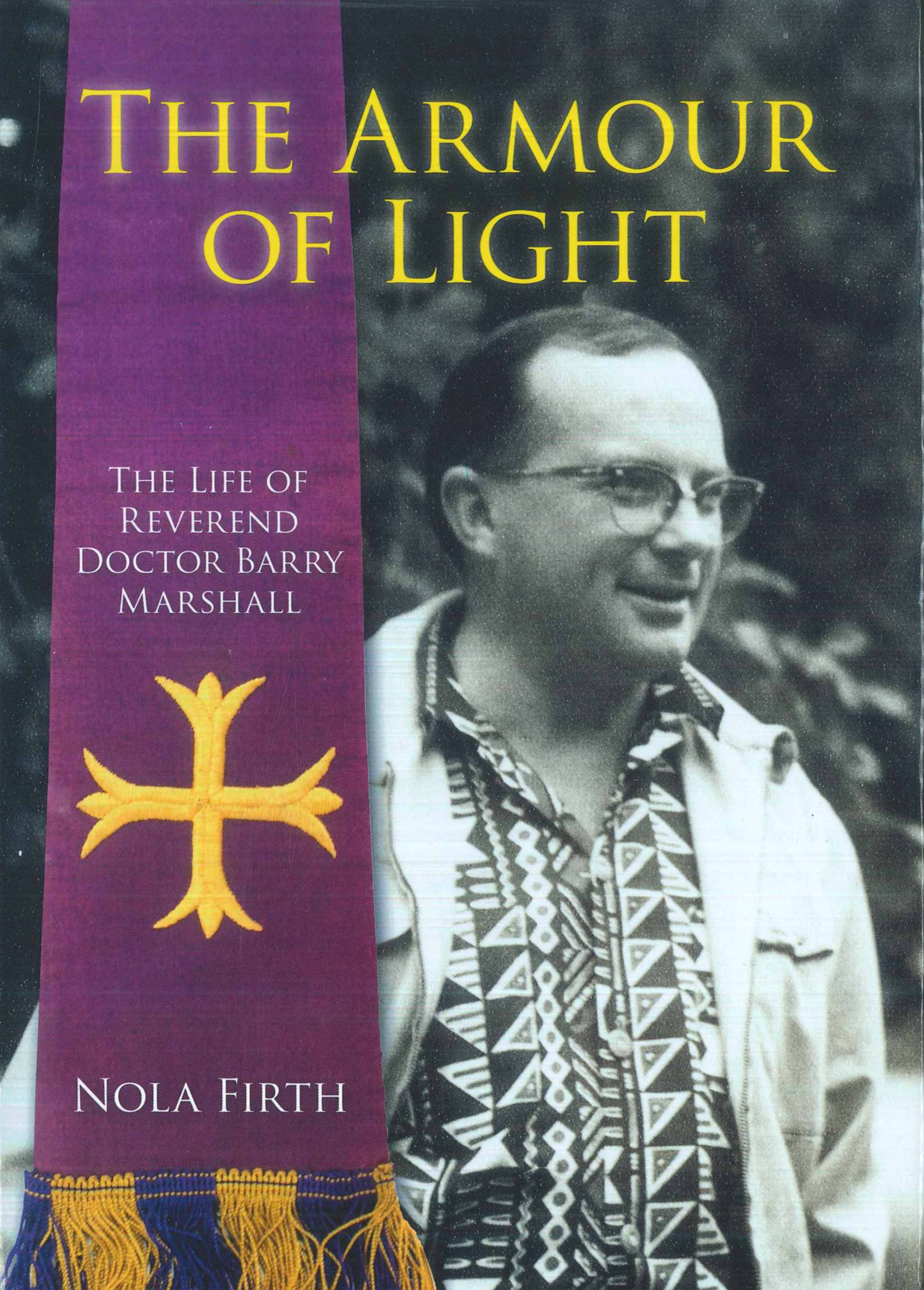
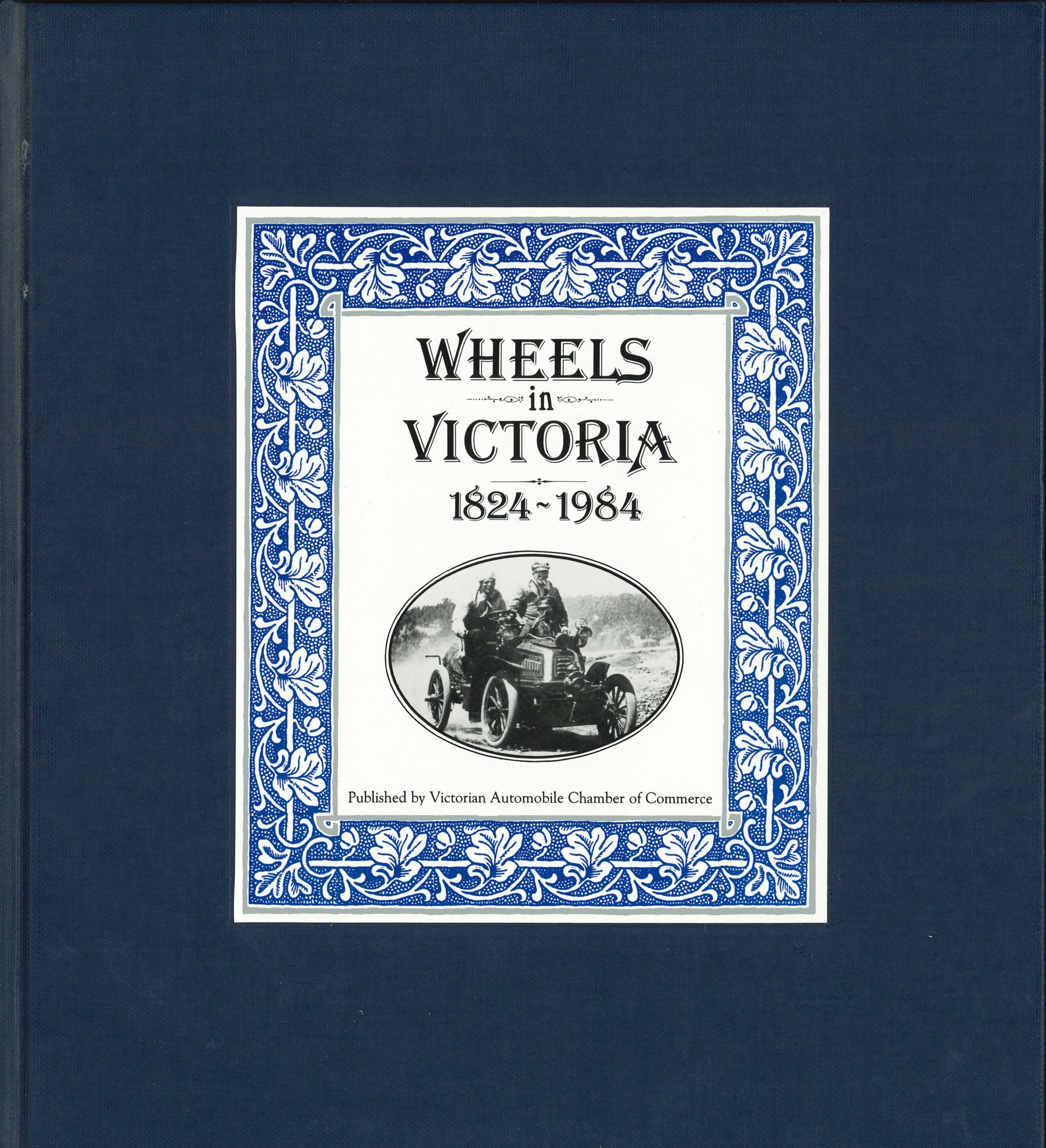
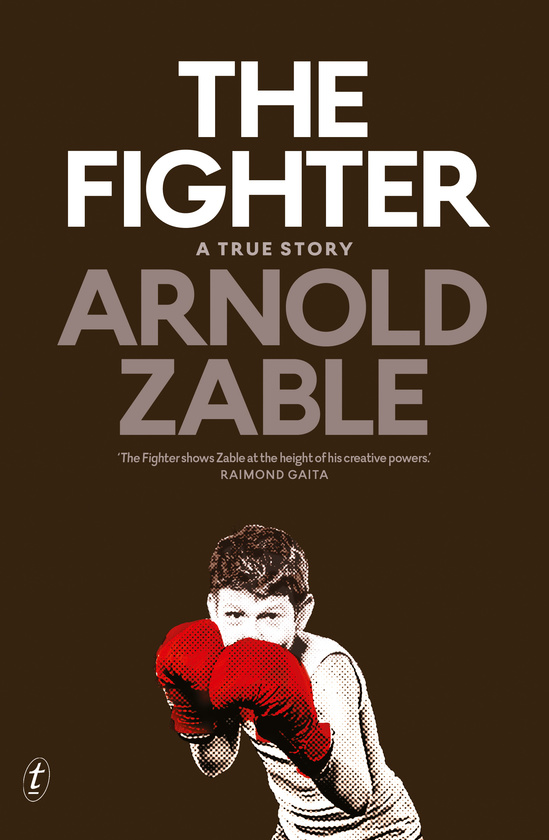

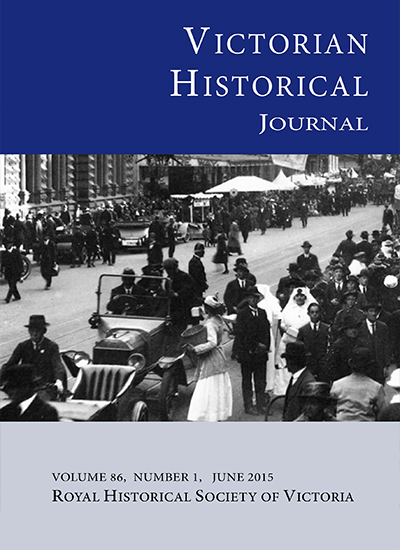
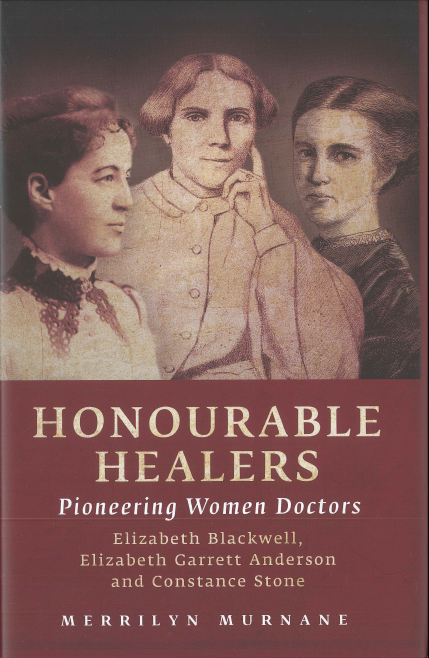

 239 A'Beckett Street Melbourne, Victoria, 3000
239 A'Beckett Street Melbourne, Victoria, 3000  03 9326 9288
03 9326 9288  office@historyvictoria.org.au
office@historyvictoria.org.au  Office & Library: Weekdays 9am-5pm
Office & Library: Weekdays 9am-5pm


Book Reviews Reviews
There are no reviews yet.